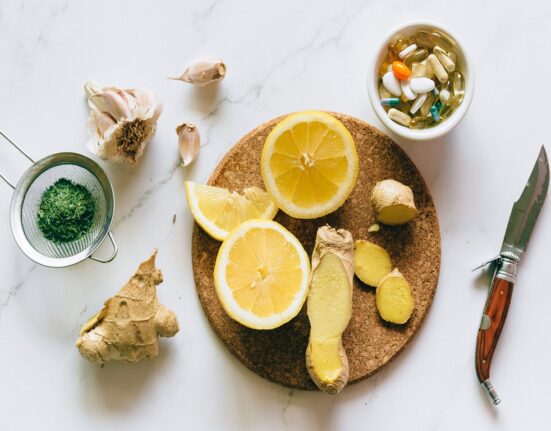Various medical conditions or environmental factors can cause a stuffy nose or nasal congestion. This symptom is often associated with other health issues, such as a sinus infection and the common cold. Although it typically subsides independently, discomfort can be managed with a blend of home remedies and medications. Read on to know more.
Symptoms
Nasal congestion is marked by:
-A stuffy or runny nose
-Mucus buildup
-Swollen nasal tissue
-Sinus pain
Home remedies may suffice for nasal congestion caused by the common cold. However, medical treatment may be necessary if an individual experiences persistent congestion.
Causes of Nasal Congestion
Congestion refers to the inflammation and blockage of the nasal passages. The most frequent causes of nasal congestion are minor illnesses such as colds, the flu, and sinus infections. Typically, congestion related to these illnesses resolves within 1-2 weeks. However, if it persists for more than 10-14 days, it may indicate an underlying health problem.
Some Possible Causes of Prolonged Nasal Congestion Include:
-Allergies
-Hay fever
-Noncancerous growths like nasal polyps
-Chemical exposures
-Environmental irritants
-Chronic sinusitis
-Anatomic variants, such as inferior turbinate hypertrophy, deviated septum, or concha bullosa
-Enlarged adenoids
-Gastroesophageal reflux disease, especially in infants
Nasal congestion can occur during pregnancy, particularly toward the end of the first trimester. This is usually due to hormonal fluctuations and increased blood supply during pregnancy. These changes can lead to inflammation, dryness, or bleeding of the nasal membranes.
Home Remedies for Nasal Congestion
A humidifier helps break up mucus and calm inflamed nasal passages. However, individuals with asthma should seek advice from a medical professional before using a humidifier.
Elevating the head with pillows promotes mucus drainage from the nasal passages. Saline sprays are a safe option for all age groups. Using an aspirator or nasal bulb after administering saline may be necessary for infants to ensure complete clearance of nasal passages. An aspirator can suction out any residual mucus from the infant’s nose.
A neti pot can remove mucus from the nasal cavity with a saline solution. Squeeze bottles are another type of nasal irrigation tool that some individuals may prefer to use instead of neti pots. These tools alleviate congestion and inflammation, which can benefit people suffering from upper respiratory infections or allergies.






